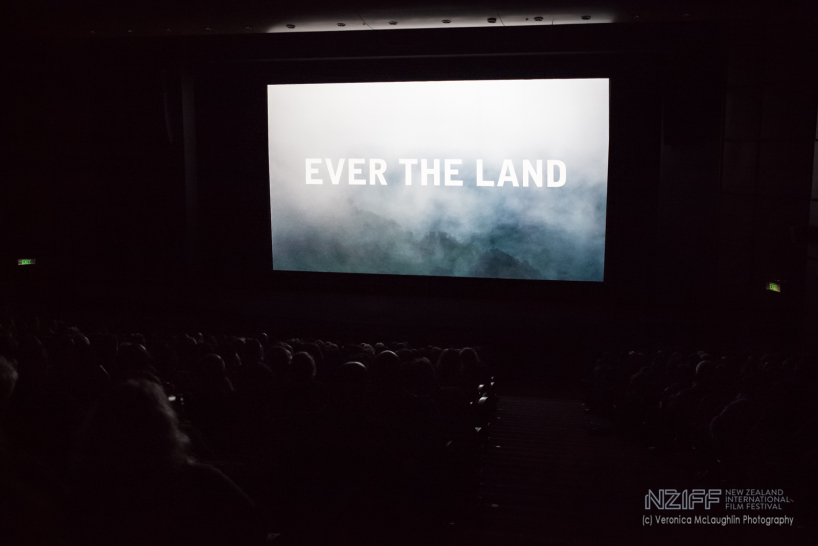Welcome to the TūHOE blog
Ever the Land: A review of sorts
If your house could talk, what would she tell you? Would she talk of the origins of the timbers which became the posts of the house? Would she tell you the many hands that built her? Would she talk of the design process of her birth?
Tonight I attended the Wellington premiere of ‘Ever the Land’ as part of the New Zealand International Film Festival. This film documents the building of Te Kura Whare in Tāneatua. Directed by Sarah Grohnert, ‘Ever the Land’ follows the process of designing and building Aotearoa’s only living building. In order to meet the strict criteria of the living building challenge, the designers, builders and iwi challenge not only standard building practices, but also challenging the notions of value, monetary worth and cultural practices.
What I loved of this documentary is that there is little dialogue, there is no scripted narrative. Instead we are left with bird and river song, the reverberations of the machinery, the banging of hammers and the squeal of saws to tell the story of this whare. What I felt, while watching the doco, was that Grohernt had let the house speak for itself.
I was also captured by the way Sarah had filmed our people of Tūhoe, while we a humble people, I was proud. Proud of the many hands from home who constructed this whare, watching the milling of timber collected from Te Urewera becoming the posts of the house. I am reminded of my namesake Ati Pūrewa, bush carpenter extraordinaire, who with chainsaw and horse power, would build mansions in the bush, at Waikare whenua and Te Matai. No wonder when given better tools and more advanced material we can accomplish buildings like this. We have small glimpses of the tensions involved in the building process, from those who question its cost, to some of the more ‘unique’ building materials. In one scene Clarkie (Mighty Fine) Karanga is debating the process of making earth bricks, and what ensues is a short exchange between the locals and the small team brought in to lead workshops on earth brick making. Like all processes tensions make the movie or building more interesting.
Without a doubt the best aspect of the film is seeing our people and homelands on the big screen. In Tūhoe we speak of matemateāone, an eternal longing for home and family. For us Tūhoe living away from home, just a glimpse of home on the big screen and our souls are instantly recharged. So I thank Grohnert for the much needed recharge of my Te Urewera battery.
My only gripe, is that we have let other people tell our stories for too long now. While not a diss to Sarah and producer Alexander Behse, rather it is issued as a challenge to Ngai Tūhoe. We have enough storytellers amongst ourselves, and we need to retell our stories to ourselves in our voices. We should use the example of Te Kura Whare which stands alone as a Living Building. Not copying anyone else, being original, radical, challenging, brave and standing alone as Tūhoe telling their own stories.



